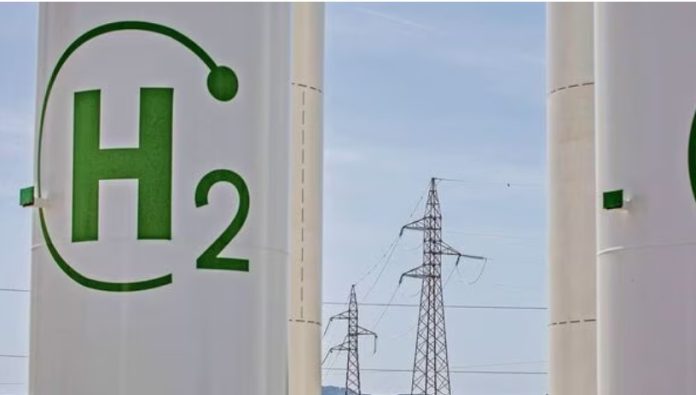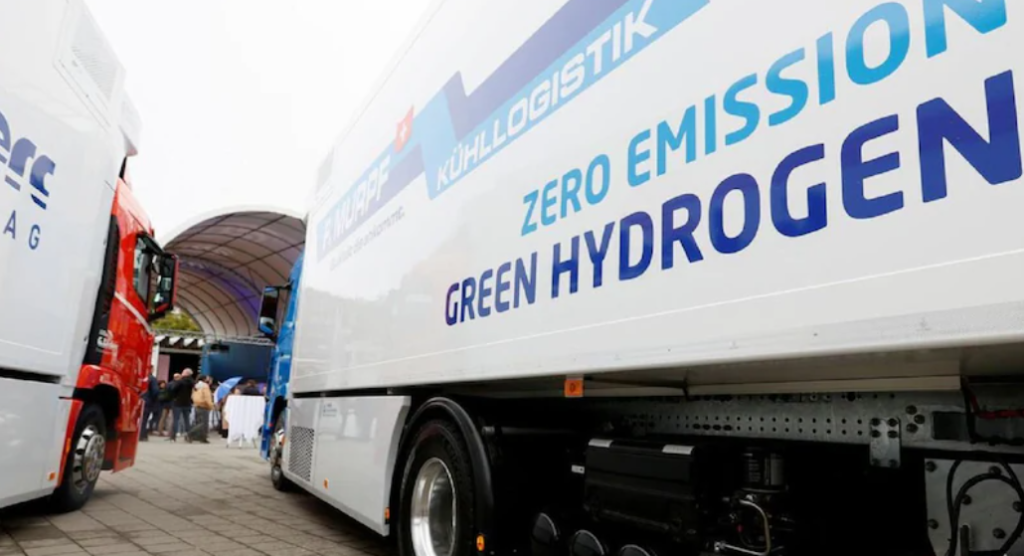
India’s Ambitious Green Hydrogen Vision: A Path to Becoming a Global Exporter by 2040.
Date:

Share post:
Introduction
India, with its growing commitment to renewable energy and sustainable development, is set to embark on a transformative journey to become a major exporter of green hydrogen. The government’s ambitious target aims to position India as a key player in the global energy transition by harnessing the immense potential of this clean and versatile fuel. In this article, we explore India’s plans to lead the green hydrogen revolution and the significant strides being made towards achieving this goal by 2040.
Pioneering Policy Initiatives
Recognizing the crucial role of green hydrogen in decarbonizing the economy, India has unveiled several pioneering policy initiatives. The National Hydrogen Energy Mission, launched in 2021, provides a comprehensive roadmap for promoting research, development, and deployment of hydrogen technologies across sectors. The mission aims to leverage India’s renewable energy potential to produce cost-effective green hydrogen at scale.
Abundant Renewable Energy Resources
India’s vast renewable energy resources, including solar and wind power, provide a strong foundation for green hydrogen production. The country’s favorable climate conditions and geographic diversity offer ample opportunities for harnessing renewable energy and powering electrolysis processes to generate hydrogen. By leveraging these resources, India can produce green hydrogen in a sustainable and environmentally friendly manner.
Investment in Research and Development
To bolster the development and adoption of green hydrogen technologies, India is investing significantly in research and development. Collaborations between industry, academia, and research institutions are fostering innovation and driving advancements in electrolysis techniques, storage solutions, and hydrogen utilization across various sectors, including transportation, industry, and power generation.

Scaling up Production Capacity
India’s roadmap to becoming a major exporter of green hydrogen includes scaling up production capacity. The government envisions establishing large-scale electrolyzer manufacturing facilities, enhancing infrastructure for hydrogen production, storage, and transportation, and promoting the use of green hydrogen in various sectors. These efforts will enable India to meet domestic demand while also positioning it as a competitive global player in the hydrogen market.
International Collaborations
India is actively engaging in international collaborations to accelerate the adoption of green hydrogen technologies. Partnerships with countries like Australia, Japan, and Germany aim to facilitate knowledge sharing, technology transfer, and investments in green hydrogen projects. These collaborations open up avenues for joint research, pilot projects, and market development, further propelling India’s journey towards becoming a global green hydrogen exporter.

Green Hydrogen for Energy Transition
Green hydrogen holds immense potential for driving the energy transition by replacing fossil fuels in various sectors. India’s focus on promoting the use of green hydrogen in transportation, industry, and power generation will not only reduce carbon emissions but also create new employment opportunities and foster sustainable economic growth. The adoption of green hydrogen as a clean fuel alternative aligns with India’s commitments under the Paris Agreement and its vision of a carbon-neutral future.
Overcoming Challenges
While India’s vision to become a major green hydrogen exporter is promising, challenges remain. Cost competitiveness, infrastructure development, and ensuring a consistent renewable energy supply are key areas that need to be addressed. However, concerted efforts, technological advancements, and supportive policies are expected to overcome these challenges and pave the way for India’s green hydrogen leadership.
Conclusion
India’s ambitious target to become a major exporter of green hydrogen by 2040 signifies its commitment to a sustainable and low-carbon future. With favorable renewable energy resources, pioneering policy initiatives, and investments in research and development, India is poised to play a significant role in the global energy transition. By harnessing the power of green hydrogen, India can reduce its carbon footprint, drive economic growth, and establish itself as a leading exporter in the evolving landscape of clean energy.
